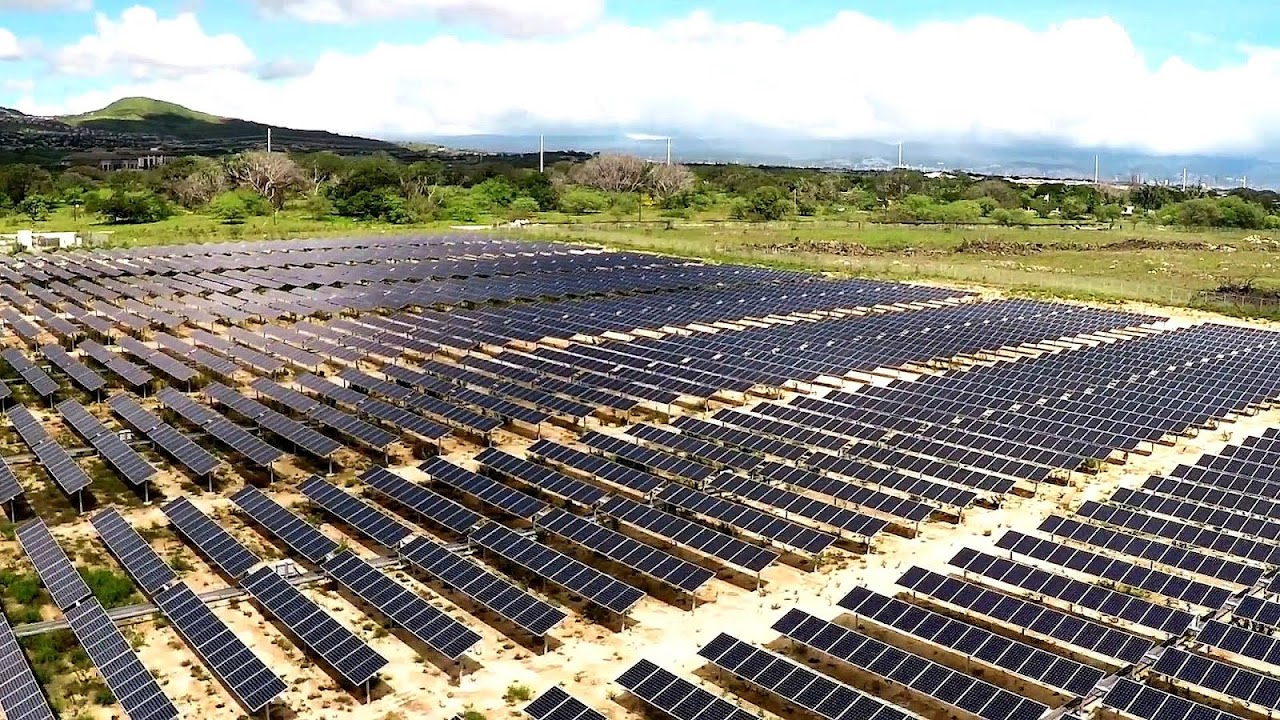
Frank Shuman (January 23, 1862 - April 28, 1918) was an American inventor, engineer and solar energy pioneer known for his work on solar engines, especially those that used solar energy to heat water that would produce steam. Shuman's visionary ideals, most of which were not publicly accepted until sixty years later, were evident when he made the statement, "One thing I feel sure of... is that the human race must finally utilize direct sun power or revert to barbarism."
In 1892 Frank Shuman invented wire glass safety glass. Additional patents were issued relating to the process of making wire glass and machines for making wire glass. In 1914 Shuman invented a process for making laminated safety glass, called safety glass, and manufactured by the Safety Glass Company. In 1916 he patented a "Danger Signal" for railroad crossings, as well as the use of liquid oxygen or liquid air to propel a submarine.
On August 20, 1897, Shuman demonstrated a solar engine that worked by reflecting solar energy onto one-foot square boxes filled with ether, which has a lower boiling point than water, and containing black pipes on the inside, which in turn powered a toy steam engine. The tiny steam engine operated continuously for over two years on sunny days next to a pond at the Shuman house.
In 1908 Shuman formed the Sun Power Company with the intent to build larger power plants. He, along with his technical advisor A.S.E. Ackermann and British physicist Sir Charles Vernon Boys, developed an improved system using mirrors to reflect solar energy upon collector boxes, increasing heating capacity so much that water could now be used instead of ether. He also developed a low-pressure steam turbine, since most 1910 vintage steam engines were built for steam and not sun-heated water. Shuman's turbine processed energy four times faster than any engine of his day. Shuman then constructed a full-scale steam engine that was powered by low-pressure water, enabling him to patent the entire solar engine system by 1912. Scientific American again featured Shuman in its issues of February 4, 1911 and September 30, 1911.
Shuman built the world's first solar thermal power station in Maadi, Egypt (1912-1913). Shuman's plant used parabolic troughs to power a 60-70 horsepower engine that pumped 6,000 gallons of water per minute from the Nile River to adjacent cotton fields. His system included a number of technological improvements, including absorption plates with dual panes separated by a one-inch air space. Although the outbreak of World War I and the discovery of cheap oil in the 1930s discouraged the advancement of solar energy, Shuman's vision and basic design were resurrected in the 1970s with a new wave of interest in solar thermal energy.
We have proved the commercial profit of sun power in the tropics and have more particularly proved that after our stores of oil and coal are exhausted the human race can receive unlimited power from the rays of the sun.
His large home and laboratories still stand in the Tacony section of Philadelphia, as an apartment house and garages.
Maps, Directions, and Place Reviews
Patents
Source:
Solar Energy Pioneers Video
Further reading
- Kryza, Frank T. (2003). The Power of Light. McGraw-Hill. ISBN 0-07-140021-4. This book describes Shuman's solar project in Egypt.
- Butti, Ken (1980). Golden Thread Twenty Five Hundred Years of Solar Architecture and Technology. Cheshire Books. ISBN 0917352076. This book describes Shuman's work in solar power in both the US and Egypt. Includes photos.
Source of the article : Wikipedia


EmoticonEmoticon